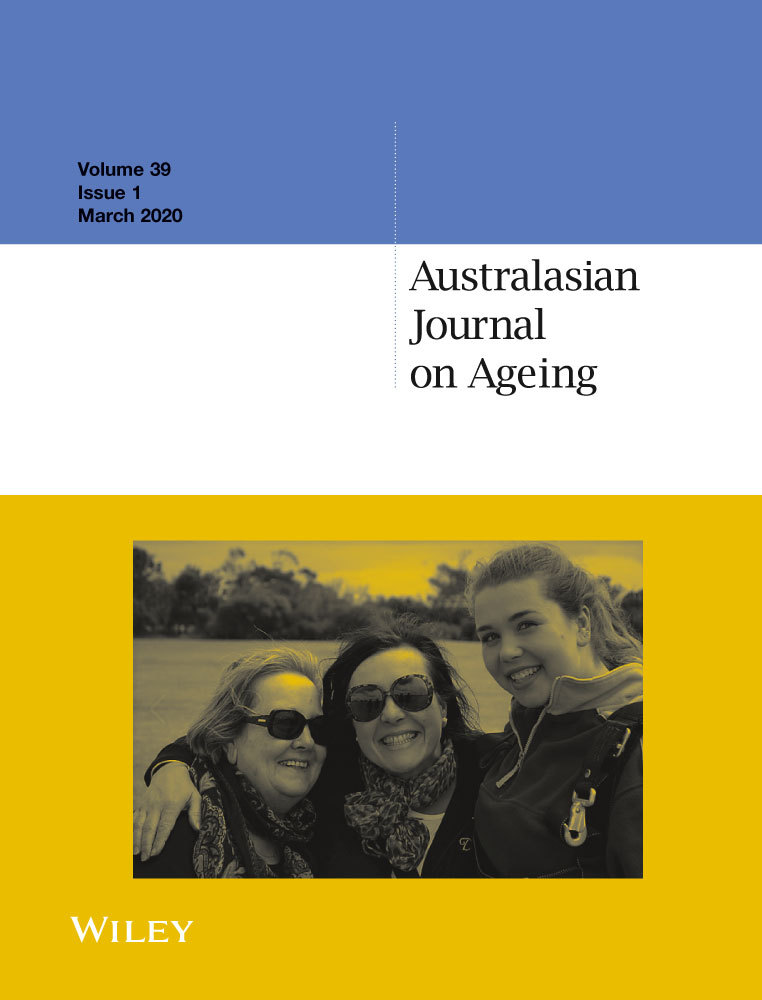Toileting-related falls at night in hospitalised patients: The role of nocturia
Funding information
The research time of GR was supported by the Michael Murray Grant from the Victorian Branch of the Continence Foundation of Australia.
Abstract
Objective
The purpose of this study was to describe the prevalence and characteristics of toileting-related falls in hospitalised older people.
Methods
Retrospective analysis of falls related to night-time toileting in patients 60 years or over in a tertiary hospital during a one-year period.
Results
Overall 34% of falls were related to toileting with at least 44% of these falls occurring during the night. Toilet-related falls peaked between 11 pm and 1 am, a period that coincides with maximum supine-induced diuresis. Almost half of night falls occurred at the bedside. In 80% of night toileting-related falls, patients were mobilising without the recommended level of assistance. Half of all patients had no strategies for toileting documented in their care plan.
Conclusion
Findings support screening for nocturia in older inpatients and implementation of strategies to reduce both the need for toileting at night and risk factors for falling.
CONFLICT OF INTEREST
The authors declare no conflicts of interest.




